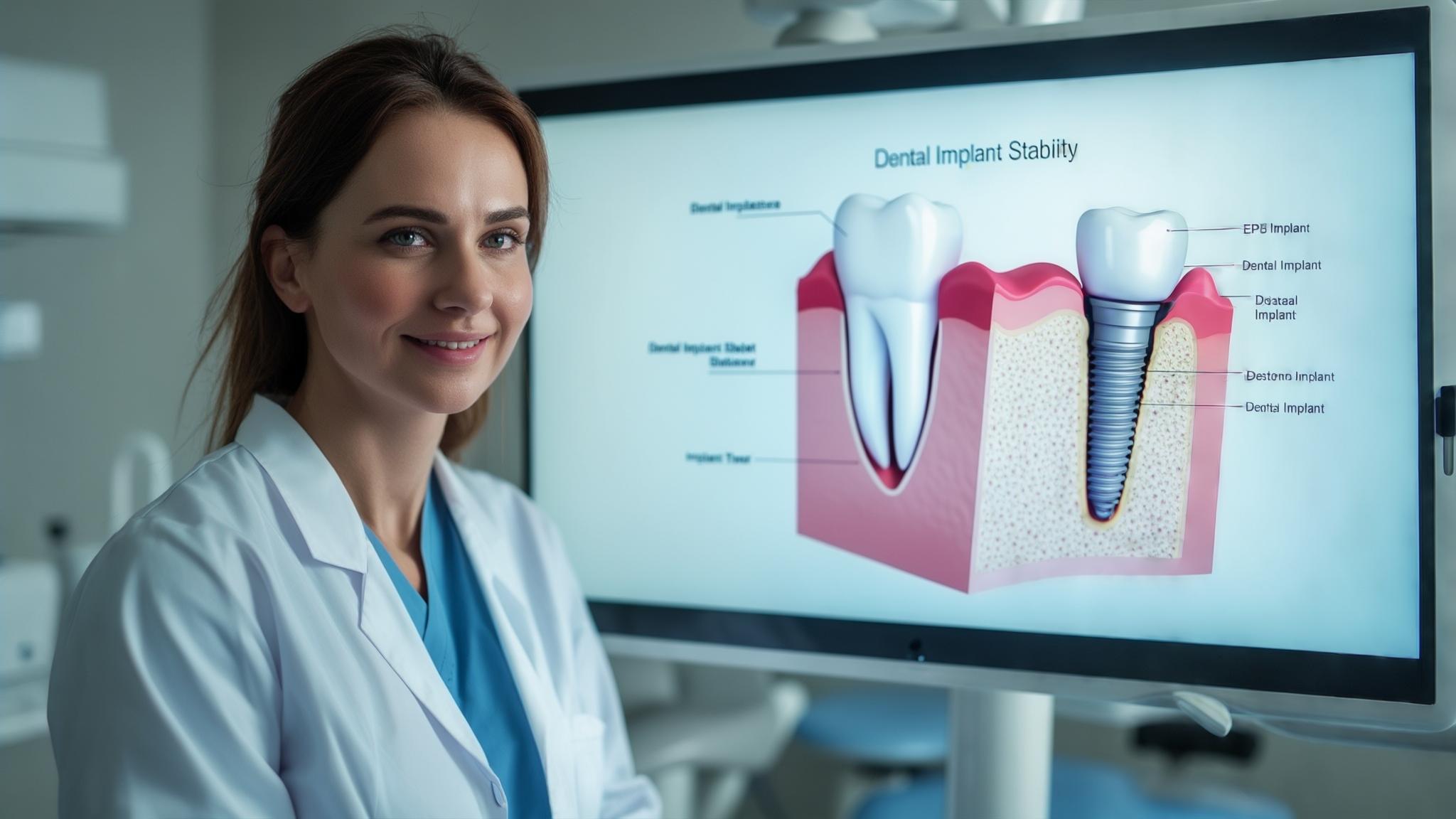Understanding Dental Implants: Can Implants Shift or Move Over Time?
Dental implants are a remarkable advancement in dental technology, offering a permanent solution for missing teeth. They act as artificial tooth roots, providing a strong foundation for replacement teeth. Understanding their stability is crucial as it ensures their long-term success and functionality.
Understanding Dental Implants
Dental implants consist of three main components: the implant post, abutment, and crown. The implant post is a titanium screw that is surgically placed into the jawbone, serving as the root of the new tooth. The abutment connects the implant post to the crown, which is the visible part of the tooth that looks and functions like a natural tooth.
There are two primary types of dental implants: endosteal implants, which are placed directly into the jawbone, and subperiosteal implants, which sit on top of the jawbone but under the gum tissue. The choice between these depends on the patient's bone structure and specific needs.
The dental implant procedure typically involves an initial consultation to assess suitability, followed by the surgical placement of the implant post. After surgery, a healing period allows the bone to integrate with the implant, a process known as osseointegration. Once healed, the abutment and crown are attached to complete the restoration.
Factors Influencing Implant Stability
Several factors influence the stability of dental implants:
-
Bone Quality and Quantity: Adequate bone density is essential for implant stability. In cases where bone is insufficient, bone grafting may be necessary to provide a solid foundation.
-
Implant Placement Technique: Precision in placement is critical. Advanced technology like 3D imaging helps ensure accurate positioning, which is vital for long-term success.
-
Patient Factors: Good oral hygiene, a healthy lifestyle, and managing medical conditions like diabetes or osteoporosis significantly affect implant stability.
-
Type of Implant Used: The material and design of the implant, along with surface treatments that promote osseointegration, also play a crucial role.
Can Dental Implants Shift or Move?
Osseointegration is the process where the bone grows around the implant, anchoring it firmly. This process typically takes a few months. However, certain scenarios can lead to implant movement:
-
Insufficient Bone Support: Without enough bone, the implant may not integrate properly, leading to instability.
-
Infection (Peri-implantitis): Infections can weaken the bone and surrounding tissues, causing movement.
-
Mechanical Overload: Excessive force from an improper bite or overuse can lead to implant failure.
-
Trauma or Injury: Any physical impact can disrupt the implant's stability.
Signs that an implant might be shifting include pain, visible movement, and gum inflammation.
Prevention of Implant Movement
Preventing implant movement involves:
-
Proper Surgical Technique: Ensuring precise placement during surgery is fundamental.
-
Regular Dental Check-ups: Routine visits help monitor implant health and catch potential issues early.
-
Maintaining Good Oral Hygiene: Keeping the mouth clean prevents infections that can affect implants.
-
Lifestyle Modifications: Avoid smoking and maintain a balanced diet to support overall oral health.
What to Do If an Implant Shifts
If you suspect your implant is shifting, seek professional help immediately. Dentists will perform diagnostic procedures like X-rays to assess the situation. Depending on the cause, treatments may include bone grafting, repositioning or replacing the implant, and managing any infections.
Conclusion
Dental implants are designed to be a stable, long-lasting solution for missing teeth. However, their success depends on several factors, including surgical technique, patient care, and regular dental visits. With proper care, dental implants can provide a lifetime of healthy smiles.
References
For further reading, consult scientific studies and dental health resources on the stability and care of dental implants.

